Spice Up Your Life: 7 West African Spices You Need to Know (And How to Use Them)
If you've ever had the pleasure of tasting a traditional West African dish like jollof rice, suya skewers, or groundnut soup, you know that flavor is king in this part of the world. The secret? West African spices. These bold, aromatic seasonings are the backbone of the region’s cuisine and can turn even the simplest ingredients into something magical.
In this post, we’ll explore seven must-have West African spices, how to use them, and why they matter. Whether you're a seasoned pro or just dipping your spoon into global flavors, these tips will spice up your kitchen — literally.
Table of Contents
- Introduction
- 1. Scotch Bonnet Pepper
- 2. Grains of Paradise
- 3. Suya Spice Mix
- 4. African Nutmeg
- 5. Alligator Pepper
- 6. Ground Cumin
- 7. Baobab Powder
- How to Use These Spices Like a Pro
- Conclusion
Welcome to the World of West African Flavor
West African cuisine isn’t just about heat — it’s about harmony. Each spice brings its own character to the table, creating layers of taste that dance on your palate. Let’s dive into the spice cabinet and uncover some hidden gems.
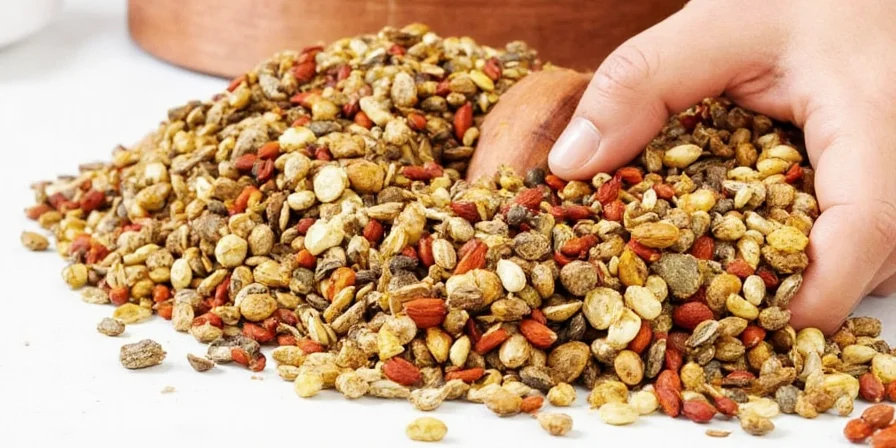
1. Scotch Bonnet Pepper – The King of Heat
If there were a royal court for peppers, the Scotch bonnet would be wearing the crown. Known for its fruity, fiery punch, this pepper is a staple in West African kitchens, especially in Ghana, Nigeria, and Sierra Leone.
Quick Facts:
- Scoville Scale: 100,000–350,000 units
- Flavor Profile: Smoky, sweet, spicy
- Common Uses: Jollof rice, pepper soups, stews
| Pepper Type | Heat Level | Best For |
|---|---|---|
| Scotch Bonnet | Very Hot | Rice dishes, sauces |
| Jalapeño | Mild-Medium | Tacos, salsas |
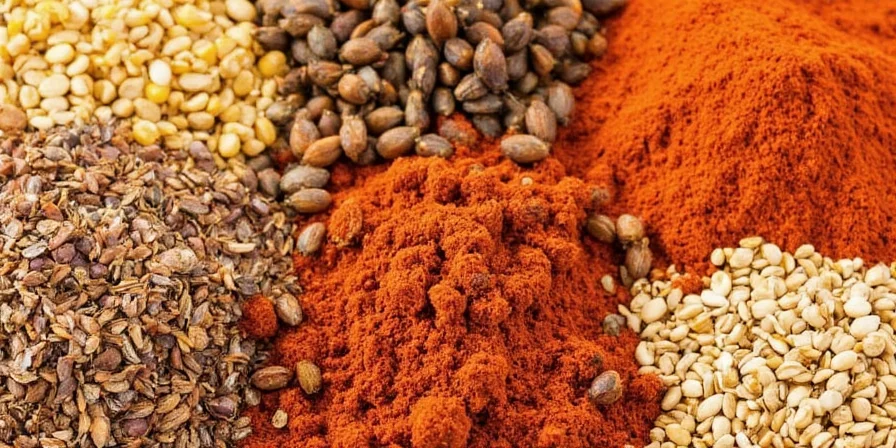
Pro Tip:
When handling Scotch bonnets, wear gloves! Trust us — your eyes will thank you later.
2. Grains of Paradise – The Ancient Wonder
Long before black pepper made its way to Europe via the Silk Road, West African traders were using grains of paradise as currency and seasoning. This peppercorn cousin adds a warm, citrusy zing that pairs well with both meat and veggies.
Quick Facts:
- Flavor Profile: Peppery, lemony, slightly floral
- Common Uses: Soups, grilled meats, spice blends
- Historical Note: Used in medieval European brewing!
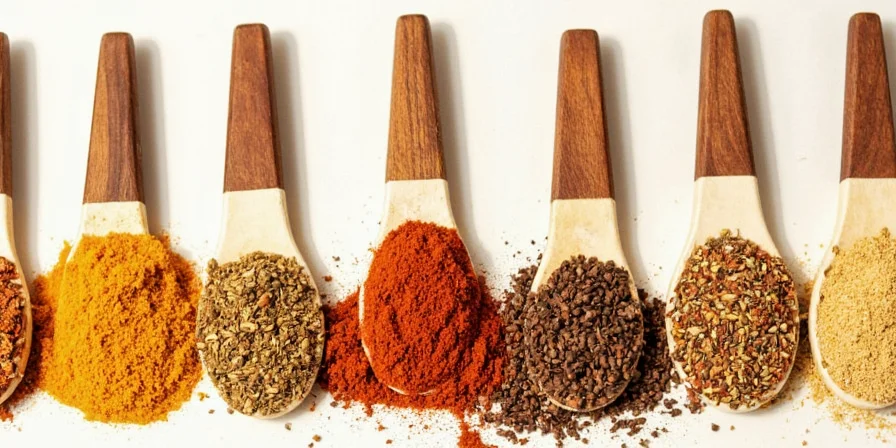
3. Suya Spice Mix – Street Food Gold
Suya is West Africa’s answer to shish kebabs — juicy skewers of spiced meat grilled over open flame. The real star, though, is the suya spice mix itself, typically a blend of chili, ginger, garlic, and peanut butter.
DIY Suya Seasoning Recipe:
- 2 tbsp ground peanuts
- 1 tsp chili powder
- 1 tsp smoked paprika
- ½ tsp garlic powder
- ½ tsp onion powder
- Salt to taste
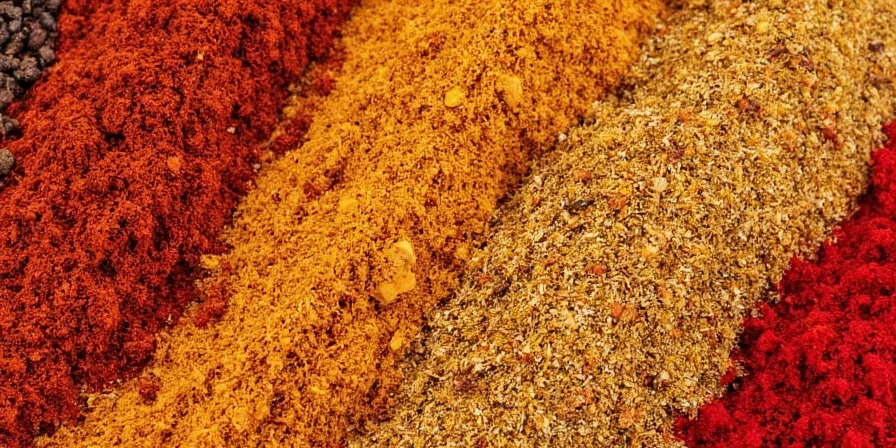
Pro Tip:
Use this mix on chicken, tofu, or even roasted vegetables for a quick flavor boost.
4. African Nutmeg – Not Just for Pies
This lesser-known nutmeg variety comes from the Canarium album tree and is commonly used in West African soups and stews. It has a more earthy, herbal flavor compared to the nutmeg you might find in your pantry.
Quick Facts:
- Also known as “calabash nutmeg”
- Used in egusi soup, banga soup
- Adds depth without overpowering other flavors
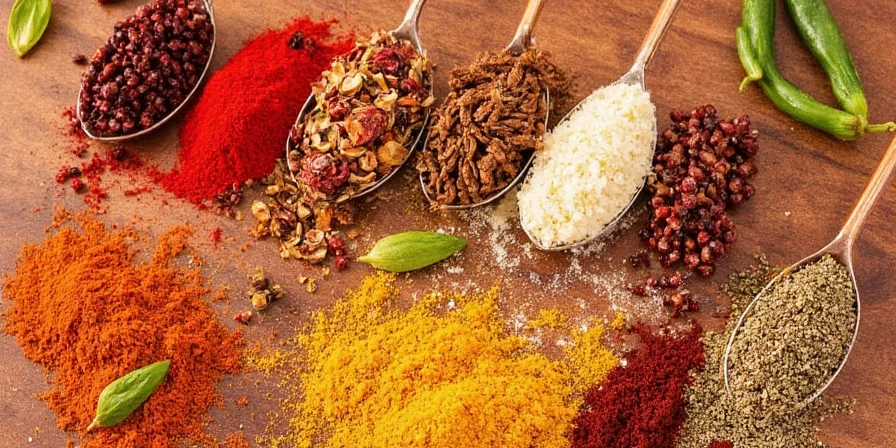
5. Alligator Pepper – Bold and Bitter
Named for its textured seedpod, alligator pepper is common in Nigerian and Ghanaian cooking. Its bitterness balances out rich, fatty dishes and is often paired with palm wine or gin in traditional ceremonies.
Quick Facts:
- Flavor: Sharp, bitter, peppery
- Uses: Soups, marinades, cultural rituals
- Can be eaten whole or ground
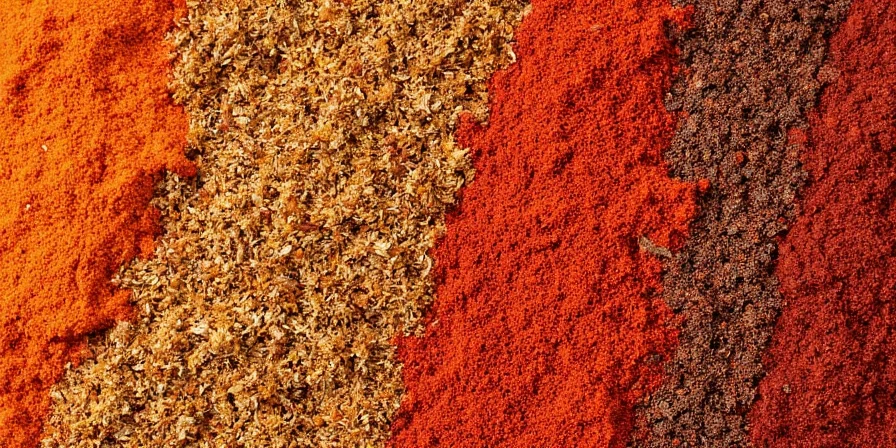
6. Ground Cumin – The Aromatic Anchor
Cumin makes appearances in many global cuisines, but in West Africa, it plays a starring role in spice blends and grilled dishes. Its earthy warmth enhances meats and legumes beautifully.
Pro Tip:
Toasted cumin releases a deeper aroma — simply heat in a dry pan for a minute before grinding.

7. Baobab Powder – The Tangy Superfood
Baobab isn’t just for legends — its fruit pulp is dried and powdered to add a tart, citrusy note to drinks, desserts, and sauces. High in vitamin C and fiber, it's both tasty and nutritious.
Quick Facts:
- Flavor: Tart, similar to cream of tartar or green apple
- Uses: Smoothies, beverages, sauces
- Pairs well with coconut, ginger, chili
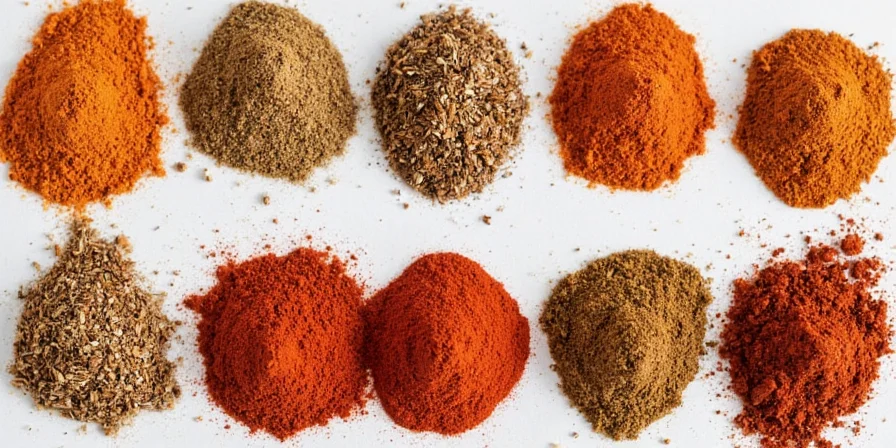
How to Use These Spices Like a Pro
Now that you’ve got the lowdown on the key players, let’s talk strategy. Here are a few practical ways to bring West African spice magic into your everyday meals:
- Toast First: Lightly toast whole spices like cumin and grains of paradise before grinding for more intense flavor.
- Build Layers: Start with aromatics (onion, garlic), add dry spices early in the cooking process, then layer in wet ingredients.
- Dry Rubs Rule: Make your own West African-inspired rubs with a mix of salt, chili, cumin, and alligator pepper.
- Balance Sweet & Heat: Pair sweet elements like plantains or honey with hot spices like Scotch bonnet for a flavor contrast.
- Don’t Forget Acid: Use lime juice or baobab powder to brighten heavy dishes and cut through richness.
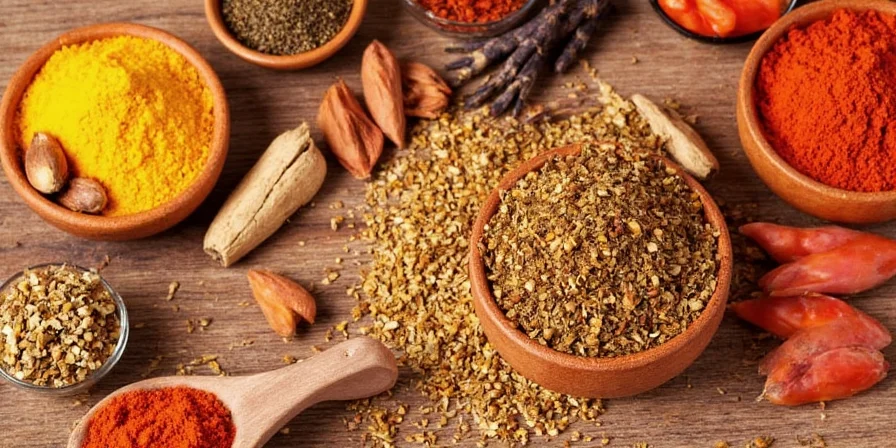
Conclusion
West African spices offer a rich tapestry of flavor, history, and culture. From the smoky warmth of grains of paradise to the explosive heat of Scotch bonnet peppers, each ingredient tells a story and invites exploration.
Whether you’re recreating traditional recipes or experimenting with fusion cuisine, don’t be afraid to go bold. The beauty of these spices lies not only in their power to transform food but also in their ability to connect us to generations of culinary wisdom.
So next time you reach for salt, try adding a pinch of African nutmeg or a whisper of baobab instead. Your taste buds — and your heritage — will thank you.

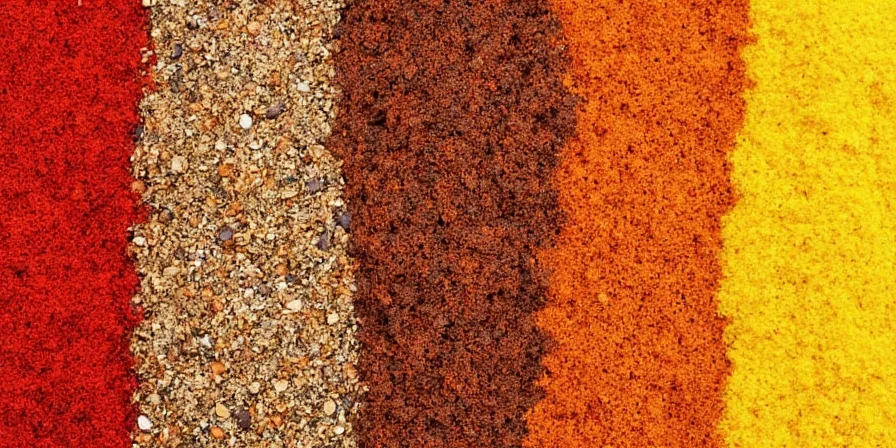









 浙公网安备
33010002000092号
浙公网安备
33010002000092号 浙B2-20120091-4
浙B2-20120091-4